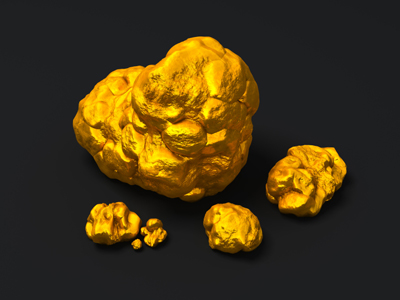
Chemistry - Chemical Reactions of Metals (AQA)
One topic studied in GCSE Science is the chemistry of limestone and other building materials. This is the last of seven quizzes on that particular subject and it looks specifically at some of the various chemical reactions involving metals.
In your Chemistry lessons you will have looked at the periodic table. The majority of chemical elements on the periodic table are metals. They are arranged in groups that have similar chemical properties. Some of the metals are highly reactive; you have probably seen the video of the reaction between caesium and water - BOOM! But luckily for us, not all metals have quite so violent reactions and they don't explode when in contact with water!
Ready for more?
not all...
quizzers. Try to win a coveted spot on our Hall of Fame Page.







